SUMMARY
This is AI generated summarization, which may have errors. For context, always refer to the full article.
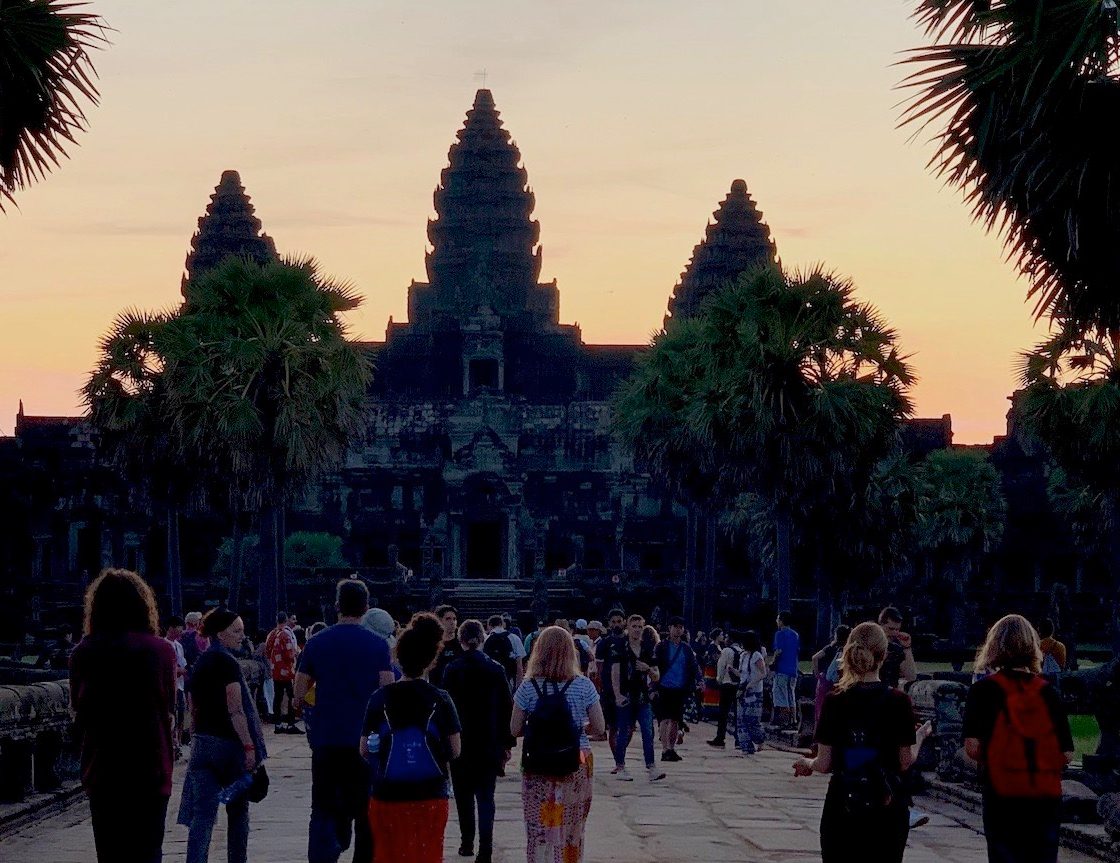
SIEM REAP, Cambodia – Compared to the capital city of Phnom Penh, Siem Reap is much less harried, definitely more peaceful, and simply beautiful. A mix of Buddhism and Hinduism influenced what this fascinating city is today – a spread of forests and bodies of water surrounding a rich sprinkling of temples that rise out of nowhere.
My temple run companion and I were fortunate to have a wonderfully agile and flexible guide who was knowledgeable about the stories behind the temples, which spots to go to at the best times, with the least crowds, and which locations afforded unique angles for photographs.
He drove, acted as guide and photographer, all rolled into one. He also knew where to get good local coffee, even half the price of the local Starbucks counterpart, Brown Café. Among his restaurant recommendations, it was Chanrey Tree that we liked most (beef loklak coupled with Angkor beer).
Our guide, Da Mao, is on Facebook and on Instagram if you want to get in touch with him. Thanks to him, we discovered these wonders of man and nature.
Angkor Wat or “temple city,” a Unesco World Heritage site, is not all there is to Siem Reap. But it is admittedly a spectacular site occupying over 200 hectares (two million square meters) of space.
Built in the 12th century by King Suryavarman II, the temple complex was originally dedicated to the Hindu god Vishnu before it became a Buddhist temple. Best to visit it before sunrise and to keep on moving beyond the reflection pool.
There are various spots to catch the actual rise of the sun beyond the 5 towers’ façade itself – one of them being the northern portion of the temple complex to the left.
If you miss the sunrise, the next best time is about 2 pm (yes, in that heat) when the front portion of the towers won’t be in the shadows.
Prasat Banteay Srei, also known as the “pink temple,” is much smaller but is no less exquisite. Dedicated to the Hindu god Shiva, it’s older than Angkor Wat, having been completed in the 10th century. It derives its color from pinkish sandstone that bears very intricate carvings and inscriptions.
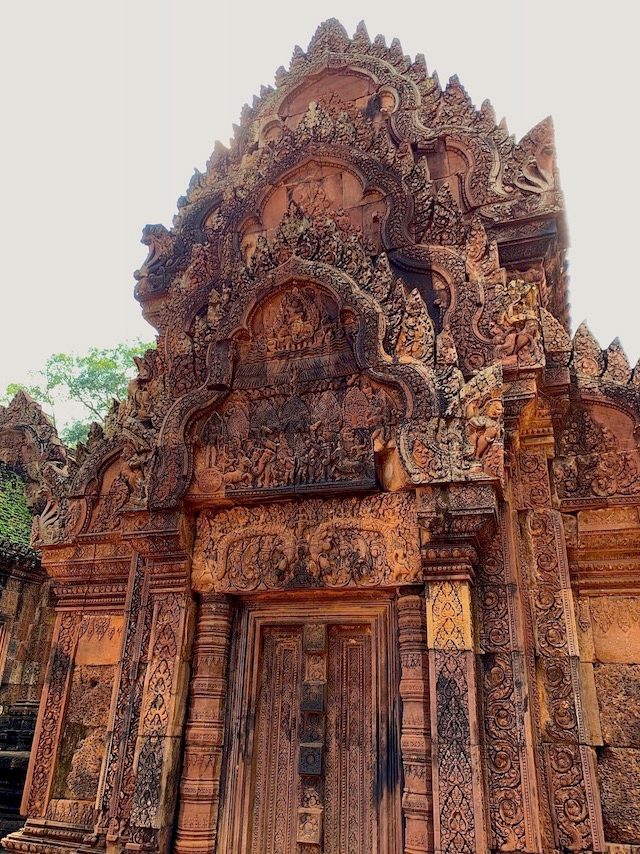
Ta Prohm is fascinating because it reminded me of fairy tales – of little tree houses being devoured and swallowed by giant roots in the middle of a jungle. Imagine the sound of birds and the rustling of leaves and possibly a witch and your fairy tale fantasy becomes complete.
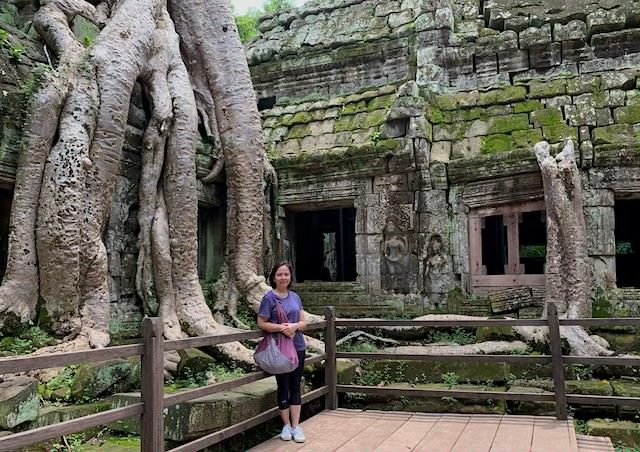
Built as a Mahayana Buddhist monastery and university, Ta Prohm has attracted tourists lured by Hollywood’s Tomb Raider that featured Angelina Jolie and that now famous humongous tree that’s a fixture in many photos. Rajavihara, Ta Prohm’s original name, translates to “monastery of the king.”
Very similar to Ta Prohm is Preah Khan or the “Sacred Sword” Temple complex, which was built in the 12th century for King Jayavarman VII and dedicated to his father. Giant trees threaten to gobble up, if not crush, massive walls that get in the way of their colossal roots.

Entryways of diminishing sizes lead to connecting corridors that open up to both hidden and open shrines and towers. It’s easy to get lost in this amazing maze of ancient structures that the World Monuments Fund is helping to conserve and protect.
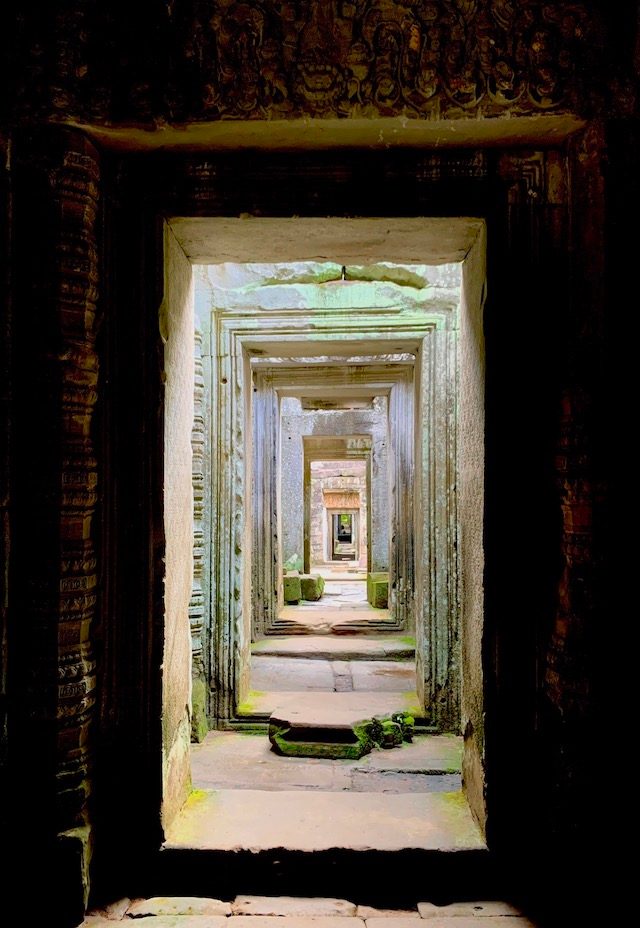
Beng Mealea or “lotus pond” is another Hindu temple believed to have been constructed at around the same time as Angkor Wat. Like Ta Prohm and Preah Khan, it is dotted with huge trees that mark jungle temples. Slabs of collapsed boulders and blocks can be found in parts of the complex.
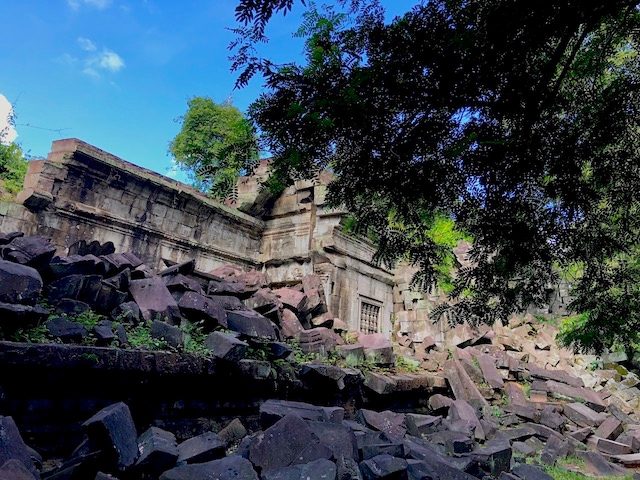
Pre Rup, also a Hindu temple, is a favorite sunset spot. Not as crowded as I expected it to be (November onwards is peak season), the former state temple of King Rajendravarman II was built in 961. It’s a steep climb to the top, but the view in the late afternoon is rewarding as soft sunlight kisses the red shade of laterite bricks that contrast with the hues of a setting sun.
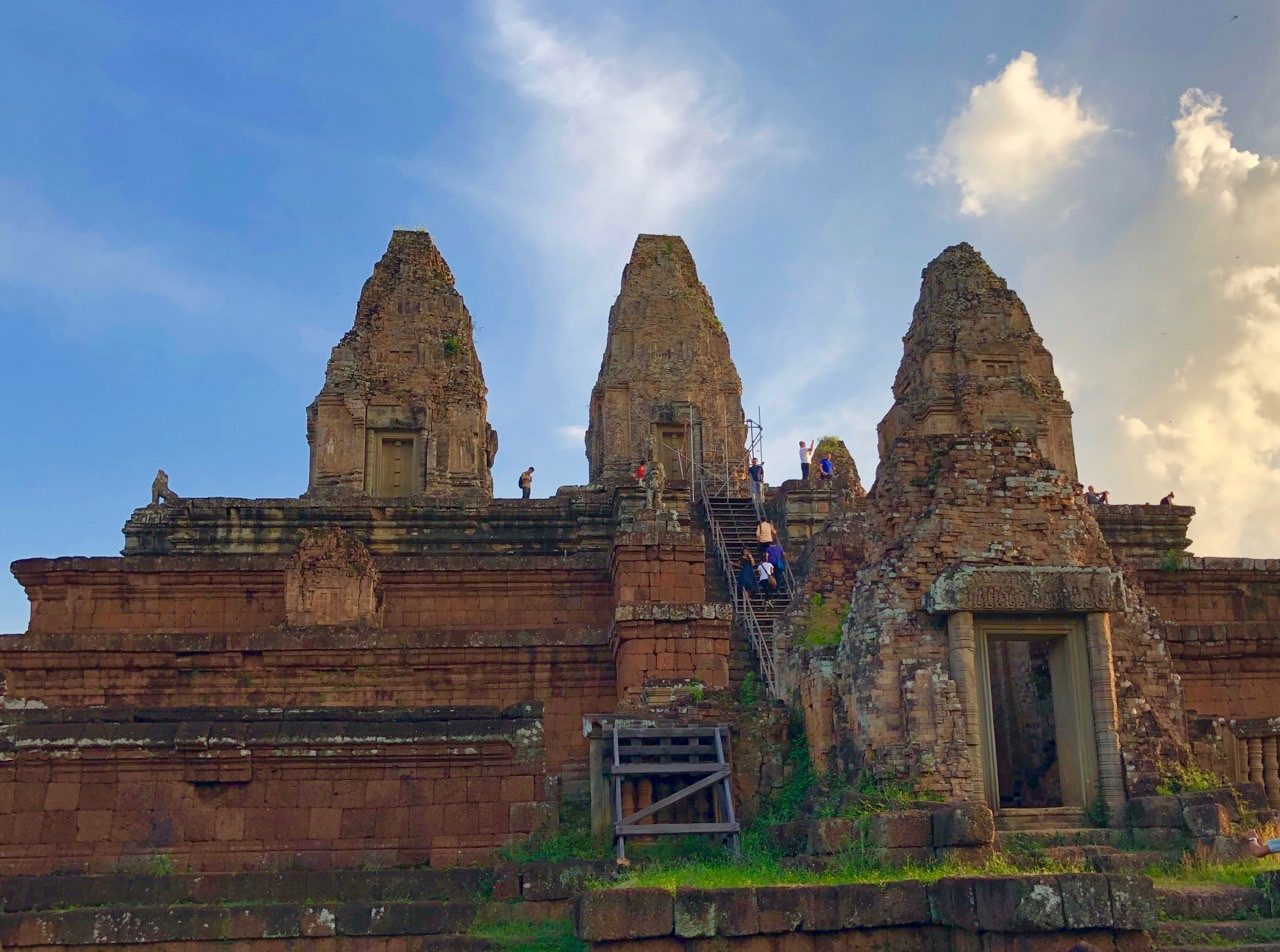
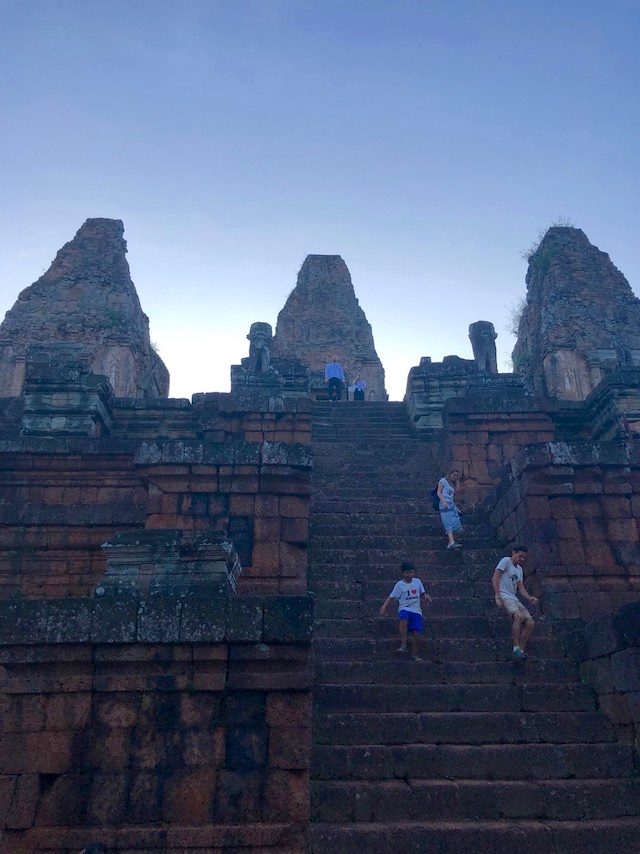
The descent is memorable because of narrow steps that force those who climb the mountain temple to go down sideways and occasionally hold on to crevices between bricks for more stability.
There are countless other temples we visited which I didn’t list here – there really is just so many of them. But if you decide to visit Siem Reap and do the temple run, it’s best to wear dry fit shirts and bring an absorbent towel or cloth to wipe off the sweat. With the intense heat, water is a must, along with wipes, if you want to feel quick relief. For sure, climbing these magical temples every day is no different from a daily workout where you get to sweat profusely.
Trekking to the Angkor temples reminded me of the Filipino Visita Iglesia, Khmer-style. It’s paying homage to a rich heritage of early kingdoms, gods, and kings, always remembering that mankind descended from greatness, wondrous power, and wisdom. – Rappler.com
TOP PHOTO: ANGKOR WAT SUNRISE. Sunrise can be dramatic at Angkor Wat. In October, target being there by 5 am or earlier. Photo by Chay Hofileña/Rappler
Adding Siem Reap to your must-visit list? Use this AirAsia promo for discounts off your flight.
Add a comment
How does this make you feel?










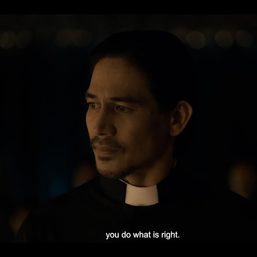
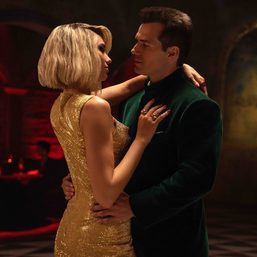



There are no comments yet. Add your comment to start the conversation.